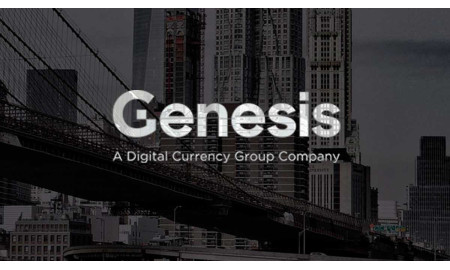April 18 2022
Cryptocurrency Mining in a Nutshell

Cryptocurrency mining is the process of validating, verifying, and maintaining the underlying transaction system. The role of miners and the rules pertaining to the act differ from one cryptocurrency to the other. In case of IOTA the transaction initiators will act as miners on a temporary basis, and in turn, there are no transaction fees.
However, in common any kind of mining requires a computational system and an internet connection. And the miners will get rewards. It is just like providing the resources and doing the work, and get paid; except the job is open to everyone around the planet. This way minting new coins is possible without controversies and with a fair distribution.
For example, every Bitcoin available right now is minted through mining. In addition to a fixed mining reward, the miner will also earn transaction fees for the transactions he published through a block.
Anyhow, there are cryptocurrencies like Ripple that is all pre-minted, and the mining process doesn’t generate any new tokens.
Let’s look into various mechanisms and terms that you often hear when tinkering with the process of mining.
Cloud Mining
It is a fancy word used when you rent the servers and do mining. A vendor provides you servers for mining, and the vendor will take care of everything from maintenance, electricity bills to the hardware replacements. In turn, the vendor gets revenue and probably profits from your payments.
Mining Mechanisms
There are different types of mechanisms; not all of them require a tremendous computational power. Let’s look into them.
Proof-of-work:
In this mechanism, in addition to building and publishing blocks of transactions, the miner has to prove he has expended computational power in the process.
So, a spammer has to expend a sizable amount of resources to publish a block of fake transactions.
Even though the other nodes will check for authenticity of the block, a large scale spamming attack will degrade the network capacity. Thus Proof-of-work mechanism also makes the network resilient to certain types of attacks.
Examples: Bitcoin, Ethereum
Proof-of-Stake:
In general, the miner should stake in some funds to start mining. So that if he does cheating, the miner will lose his funds.
Anyhow, there are a lot of other ways to finalize who can publish a block. In the end, the miner will have to lose something if he found guilty of malicious mining.
There is a version known as delegated Proof-of-Stake. Here the next eligible miner is decided by the participating entities of the network through voting.
In future, Ethereum will move to Proof-of-Stake through Casper upgrade.
Example: Steem.
Proof-of-Space (aka Proof-of-Capacity):
Here, the miner has to maintain huge memory space and should prove it when the network requests it; for which the miner gets a reward when he publishes a block.
This mechanism is just to make sure that the miner is genuinely interested in the particular cryptocurrency.
Example: Burst coin.
The above three are the majorly used mechanisms. Some cryptocurrencies like Dash use a hybrid model by combining two or more methods.
There are also other variants available. If you want to learn about any of them we had not written, please comment them below. We will write about them for you.
Mining Pools
To get rewarded, one must successfully publish a block; unless you have tremendous resources that won’t be possible in case of currencies such as Bitcoin. Pools are the groups which combine the power of multiple miners and pays them from the mining reward the pool gets.
By joining one of those pools, you can earn without worrying about publishing a block.
Conclusion
In this modern era, there are other ways of earning cryptocurrency. For example, you can provide your empty hard disk space to Storj.io, and you can earn in tokens. Or you can blog on Steem blockchain, and you can earn Steem based on how many upvotes you get.
Related articles





